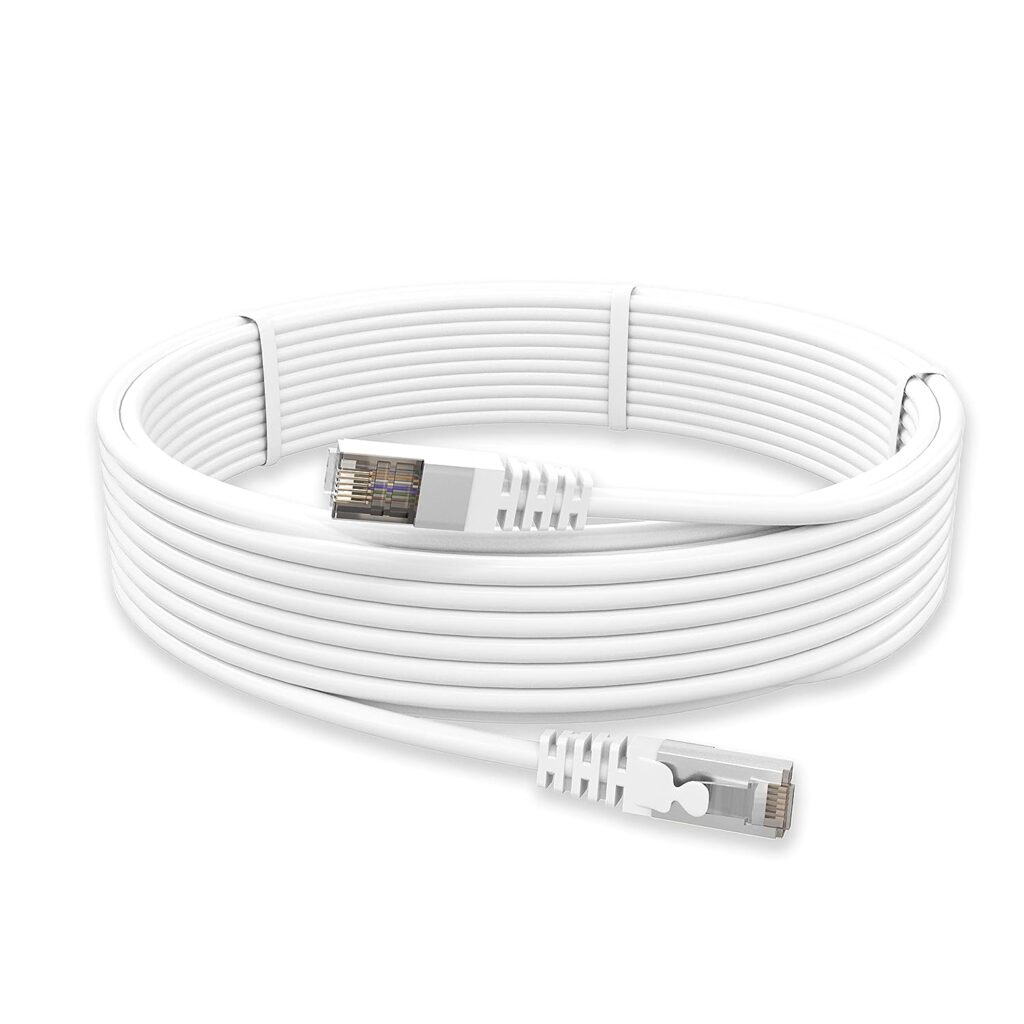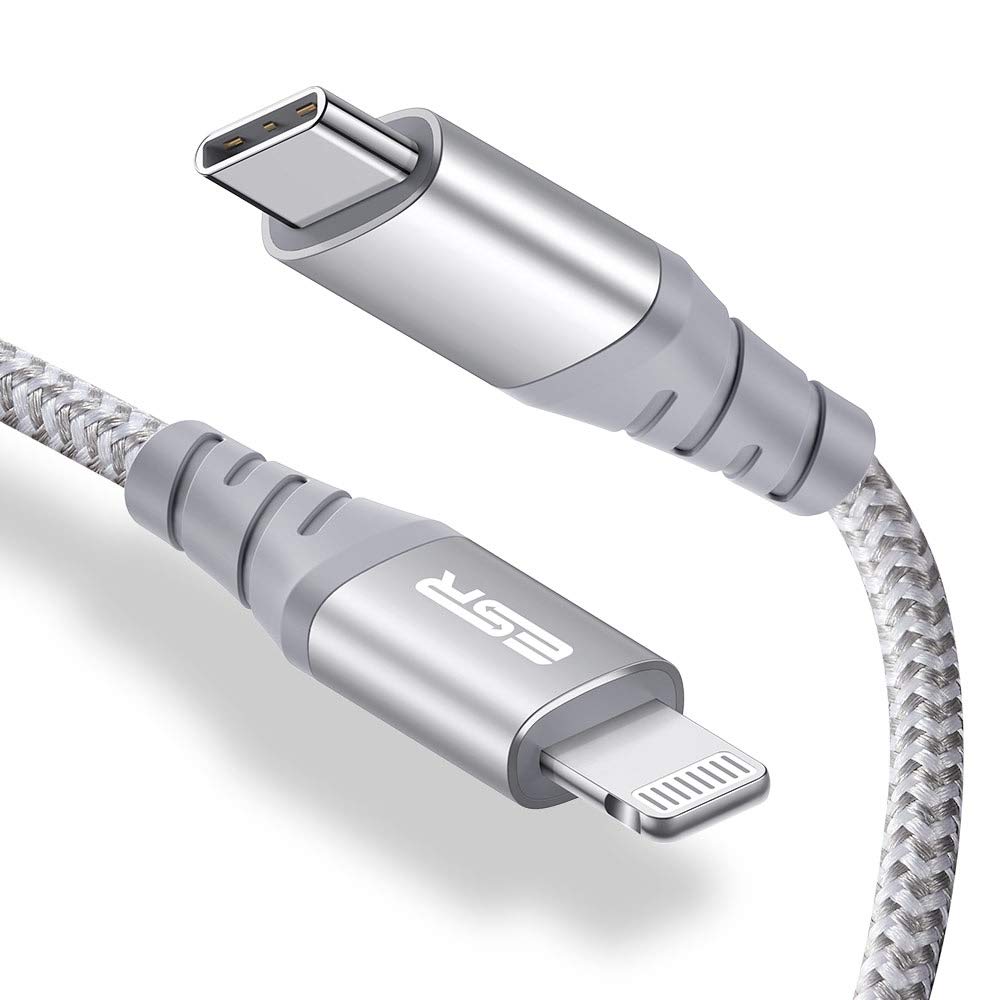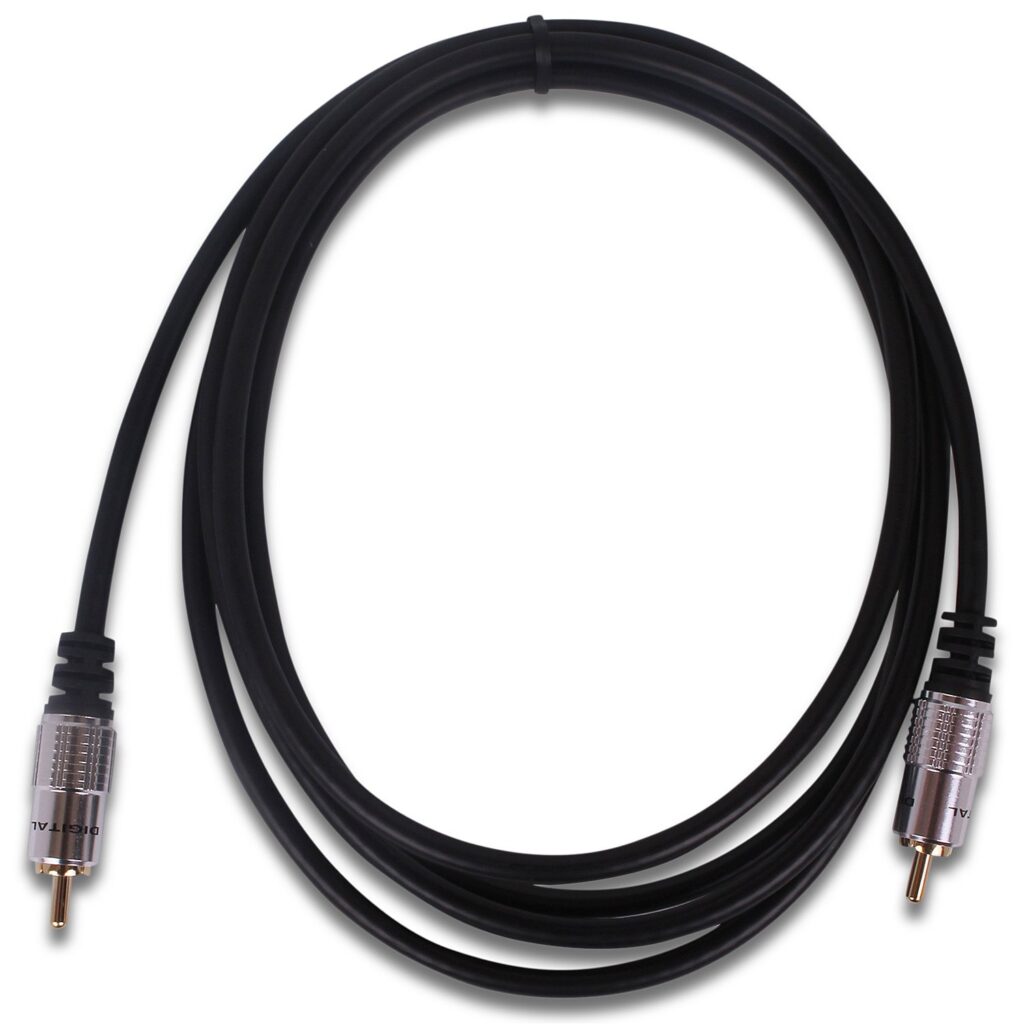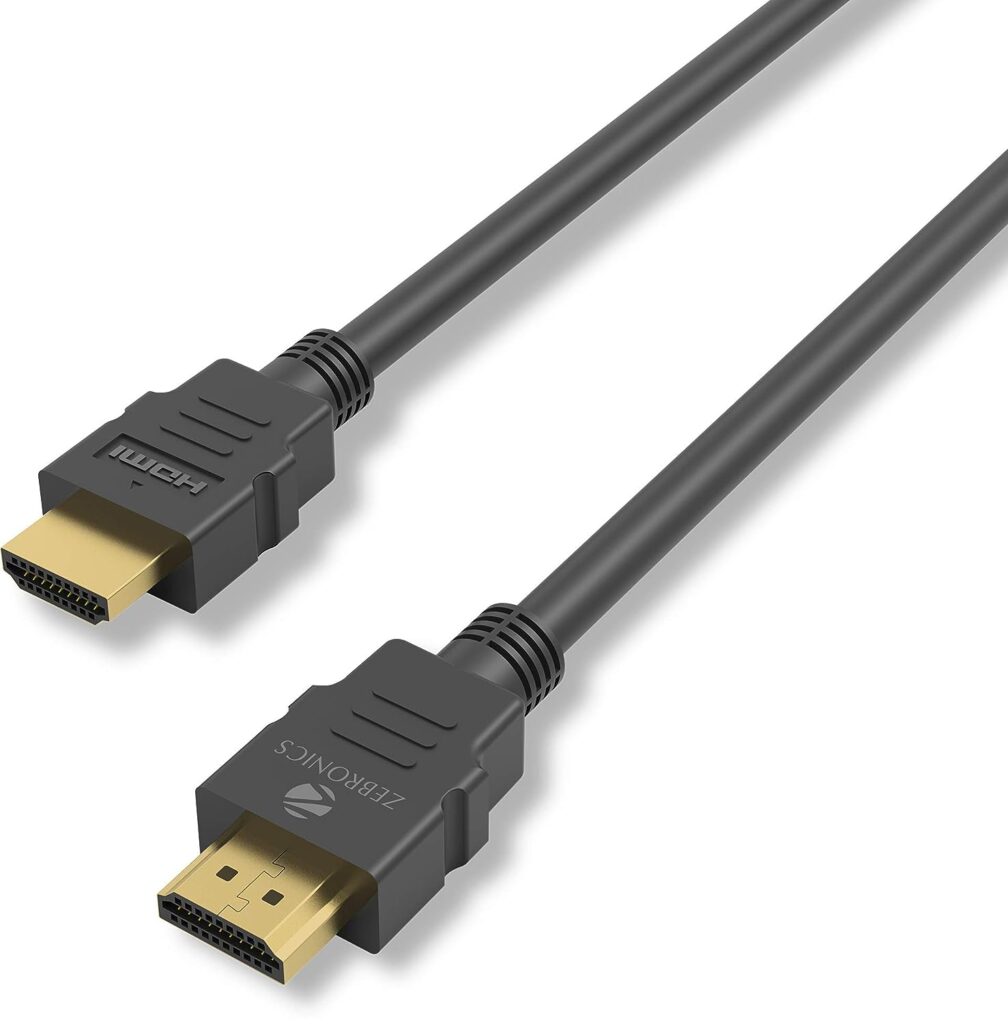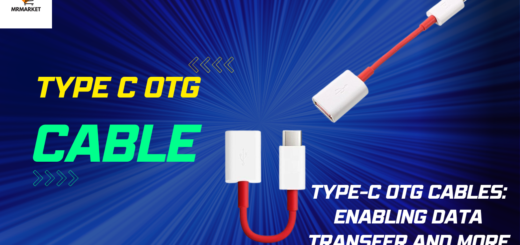Data Cables: Connecting the Dots of our Digital Universe
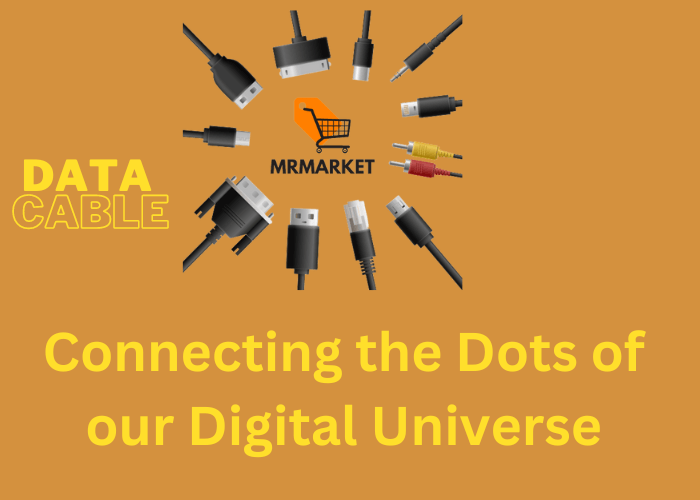
Data is king in today’s world, and with the need for quick and easy data transfer, data cables are essential for connecting our gadgets and networks. Whether we’re sending data between our computers, charging our phones, or making sure our internet connection is fast, data cables are a part of our lives.
This article will explore the different types, uses, and benefits of data cables. We’ll use reliable sources to give you expert advice and prove that we know what we’re talking about. So let’s dive in and find out what data cables are all about!
Table of Contents
Data Cable: Understanding the Basics
Cables that are used to transfer data between electronic devices are called data cables or communication cables. They’re made up of a bunch of wires or fibers that are wrapped in protective sheathing to make sure the data is sent and received safely and securely. Data cables are used to connect different types of electronic devices, like computers and printers, routers and modems, and even to charge our phones.
There are lots of different types of data cables, each designed for different purposes, and they’re really important for making sure everything runs smoothly in the digital age.
Types of data cables
Each type of data cable has its own purpose and transmission needs. Here are some of the most common types:
1. Ethernet Cables
Local Area Network (LAN) ethernet cables are the most common types of ethernet cables used in local area networks (LANs). Ethernet cables use twisted pairs (TWPs) of copper wires. Cat 5e ethernet is the most popular type of ethernet cable used in LANs and is capable of 1 Gbps data transmission.
2. USB Cables
Universal Serial Bus (USB) cables are everywhere. They’re used to connect your keyboard, mouse, printer, and other external storage devices to your computer. Plus, they’re great for charging and transferring data from your phone or other portable device.
3. Coaxial Cables
Cables that are used for cable TV and broadband internet are called coaxial cables. They have a central conductor that’s insulated and shielded to keep the signal from being messed up.
4. Fiber Optic Cables
Fiber optic cables are used to send and receive data over long distances. They’re made up of fiber optic strands made of glass or plastic that transmit data like light. They’re used a lot in telecoms and data centers.
5. HDMI Cables
HDMI cables are a must-have if you want to stream audio and video from your TV, monitor, projector, or gaming console.
Applications of Cables
Data cables are used in a wide range of industries and applications, enabling various technological breakthroughs. Let’s take a look at some of the key uses of data cables:
1. Networking and Internet Connectivity
Ethernet cables make up the core of local area networks and are essential for getting online in your home, office, or data center. They make it easy to transfer data quickly and easily, so we can tap into all the power of the internet.
2. Telecommunications
Fiber optics are the backbone of modern telecoms. They allow us to send and receive data over long distances, allowing us to communicate all over the world through phone calls, video calls, and online services.
3. Audio-Visual Transmission
HDMI cables provide a high-quality audio and video connection between devices, making it easier for people to watch and listen to great content. They’re great for home theaters, media centers, and gaming rigs.
4. Power Delivery and Charging
USB cables are essential for charging your phone, tablet, or any other portable device. They also help transfer data between different devices, making file transfers and syncing easier.
5. Industrial Automation and Control Systems
In industrial applications, data cables are really important because they allow you to connect sensors, actuators and control systems in real-time. This makes it easier to automate and streamline production processes.

Advantages of Cables
Data cables offer a plethora of advantages that make them essential components of our connected world. Let’s explore some of the key benefits of using data cables:
1. High-Speed Data Transfer
Ethernet, fiber optic, and other data cables give you super fast data transfer, so you can get your info quickly and work more efficiently.
2. Reliability and Stability
Data cables provide a secure and reliable connection, so you don’t have to worry about losing data or having your connection cut off.
3. Versatility and Compatibility
With various types and standards available, data cables are versatile and compatible with a wide range of devices and applications.
4. Secure Data Transmission
Fiber optic cables, in particular, offer secure data transmission, as they are challenging to intercept or tap into compared to wireless solutions.
5. Cost-Effectiveness
Data cables are generally cost-effective, offering long-lasting connectivity solutions with minimal maintenance requirements.
Conclusion
Data cables are the foundation of our interconnected world, allowing us to transfer data quickly and easily between different applications. From the Ethernet cables that power our internet to the fiber optic cables that connect continents, data cables are a key part of modern technology.
In this guide, we’ve broken down the different types, their uses, and the benefits they provide. We wanted to give you the most up-to-date info and expertise on the subject, so you can use it as much as you want.
So next time you’re on the internet, charging your phone, or watching a movie in HD, don’t forget about the power of data cables.
READ MORE—Data Cables: Connecting the Dots of our Digital Universe


